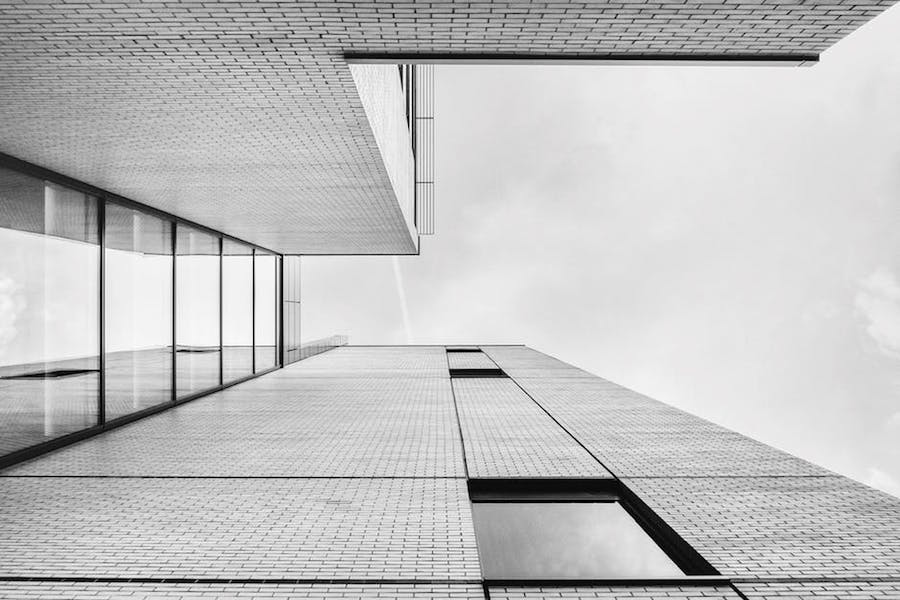
04 Jan Back to Basics: Rediscovering Sensible Ideas in Efficient Architecture
There is one great truth about life, which could not be truer for homes in America: what goes around comes back around. Building homes are big undertakings for families, and their designs are undeniably being revisited. For two decades now, we’ve seen both the ‘supersizing’ and the ‘homogenization’ of the American home. A house doesn’t have to be a 5500 square-foot shopping mall, and while steeply pitched roofs and puny overhangs might make sense in snowbird country, they don’t do much good against the Texas sun. Victims to misconstrued notions of design, in my 35 years here, I’ve yet to experience that heavy snowfall that will vindicate the logic behind these roofs. Also, the ever popular extruded modern boxes, or ‘old word’ styles, with their heavy masonry walls, flat or tile roofs, and little or no overhangs, are examples of home designs that just don’t make any sense in our Austin climate or, at the very least, should to be handled carefully. Keep in mind that just because something wins design awards from the builder magazines, it doesn’t mean it’s a smart thing to do in Central Texas. That’s where getting back to our roots comes in; that’s what vernacular architecture is all about.
RECOMMENDED: Bringing the Outdoors In: A Vision of Glass and Greenery in this Modern Home in Central Texas
Contrary to the mythical lore promoted by the old cowboy TV shows, much of the climate where we live in Texas is NOT the desert southwest. It’s the hot and humid south. Walls that are thick and store the daytime solar heat to keep the home warm at night wouldn’t be doing the Central Texas homeowner a big favor on a typical summer evening, not to mention the flat roofs and small overhangs that let that big bright three o’clock afternoon sun bursts in. We know well that summer is not a season here; it’s an eight-month sentence.
You’re probably wondering just what type of architecture I won’t be slighting today. The answer is simple: smart home design that responds to our specific and difficult climate. Our interpretation of vernacular style needs to address the issue of the ever-present, energy-devouring air conditioner. Probably every home in Texas has air conditioning, even though it would be fairly simple (and very smart) to do without, or at least minimize its use. Light colored roofs and exteriors will keep a home cool; so will big broad overhangs that shade windows and still let in reflected sunlight.
In the days of old, cupolas were installed on top of our old Texas courthouse buildings, usually above a central stairway, to let in daylight and vent out heat before the days of mechanical air conditioning. Even the dome above our state capitol had a heat venting function. Our forefathers used light tin roofs, and their homesteads had nice, wide porches that shaded the windows. Nowadays, facing your home to take advantage of the prevailing Southeast breezes and shun the ever-so-hot afternoon western sun should come as simple logic. Also, the well-built vernacular homes of the past almost always had sleeping porches, often screened in, on the Southeast corner or side of the home. Walls and roof systems that are lightweight and shed heat – as opposed to storing heat – made sense then and still do. Wood was plentiful in much of Texas and still is, making light framed structural systems a sensible solution.
Sustainable harvesting is not really a new idea. It’s an old concept that is coming around and not a moment too soon. A well-programmed home design will provide superior safety and comfort while minimizing costs of operation, not to mention our ecologic footprint. Mass produced houses hardly fill the voids in sensible design, so it’s crucial to find a talented and experienced adviser to build a home that speaks your voice and reacts smartly to its environment. When sensible design is in order, life seems just right.
This article was originally published in the Spring 2014 Issue of VETTA Magazine.


